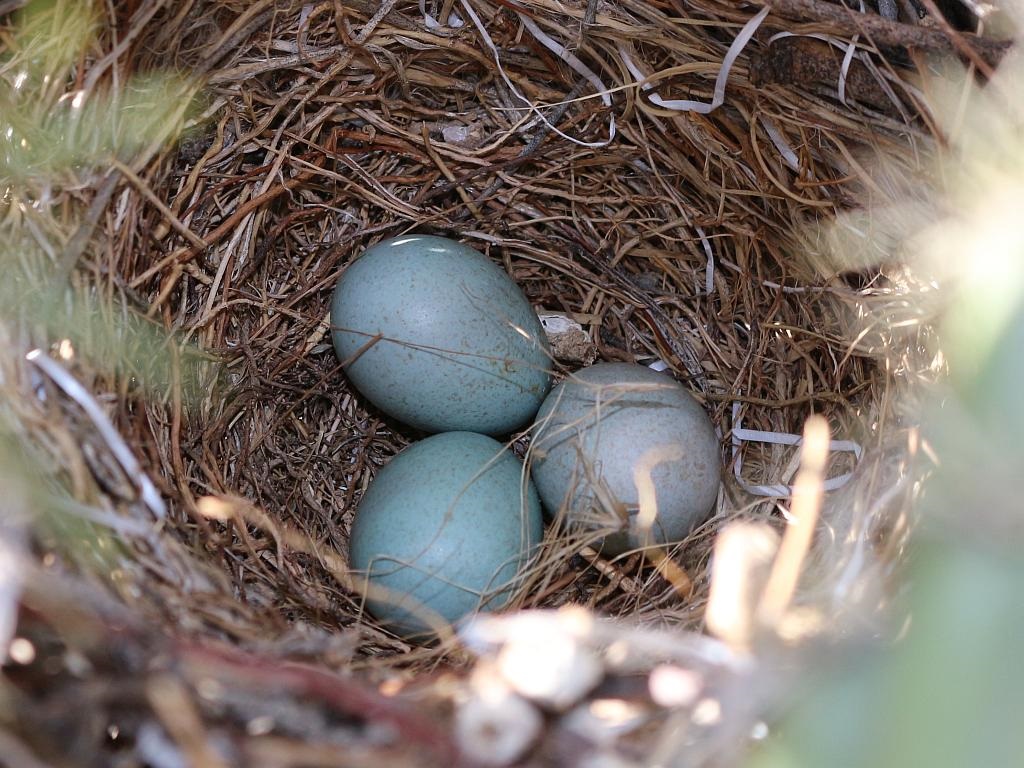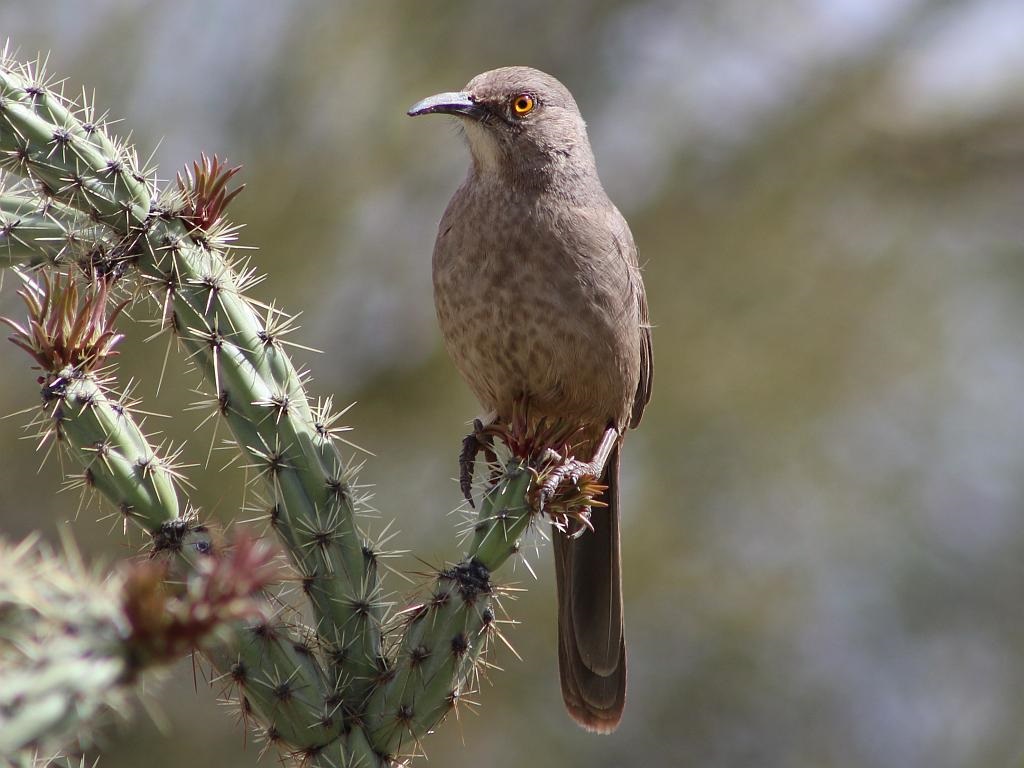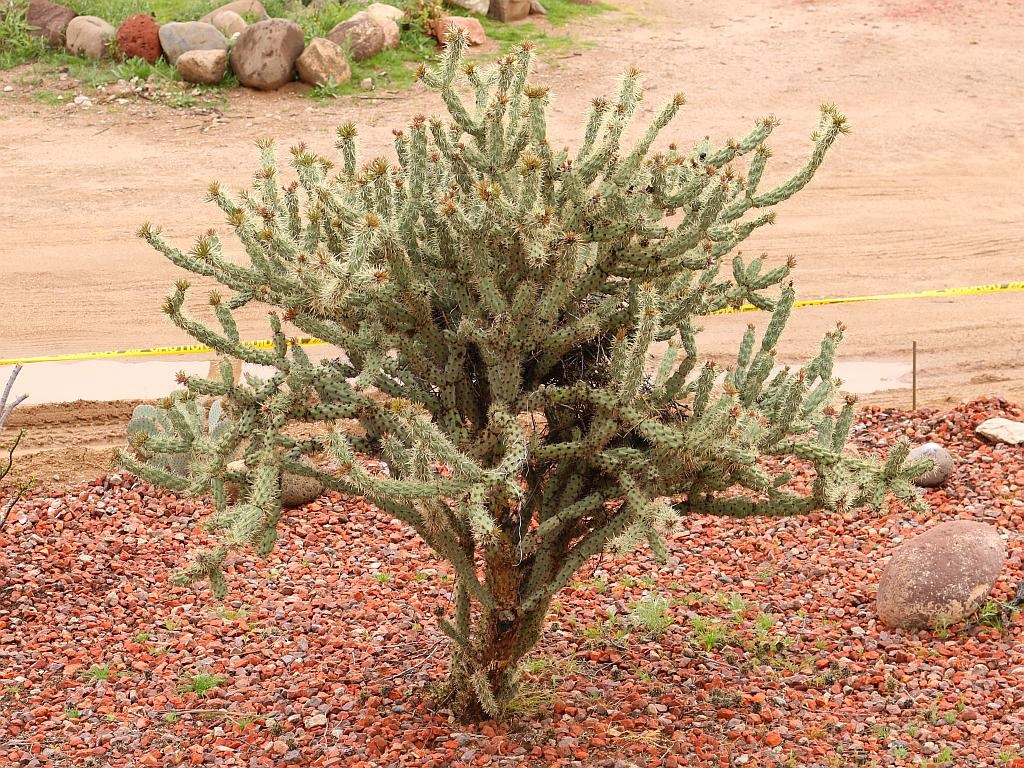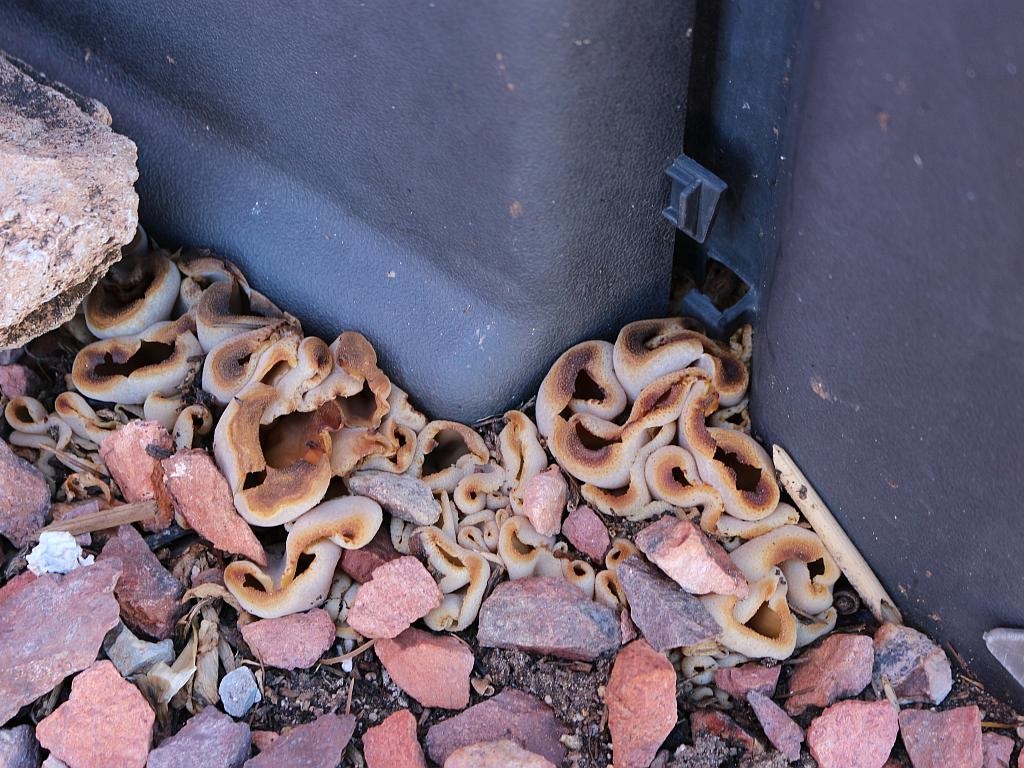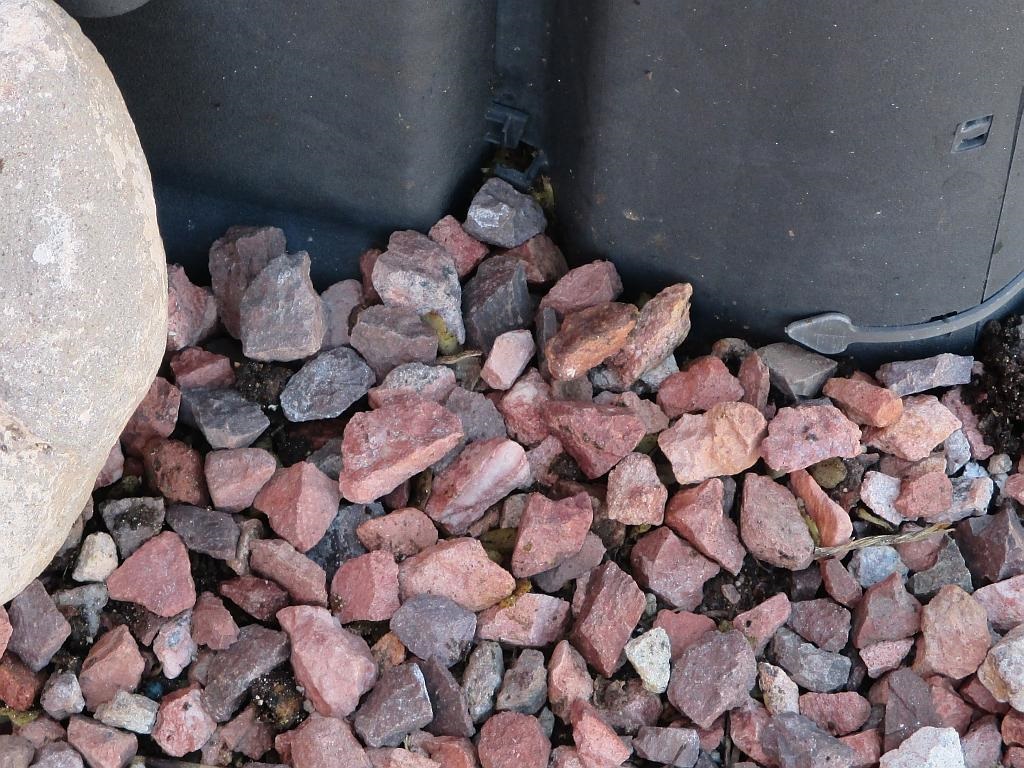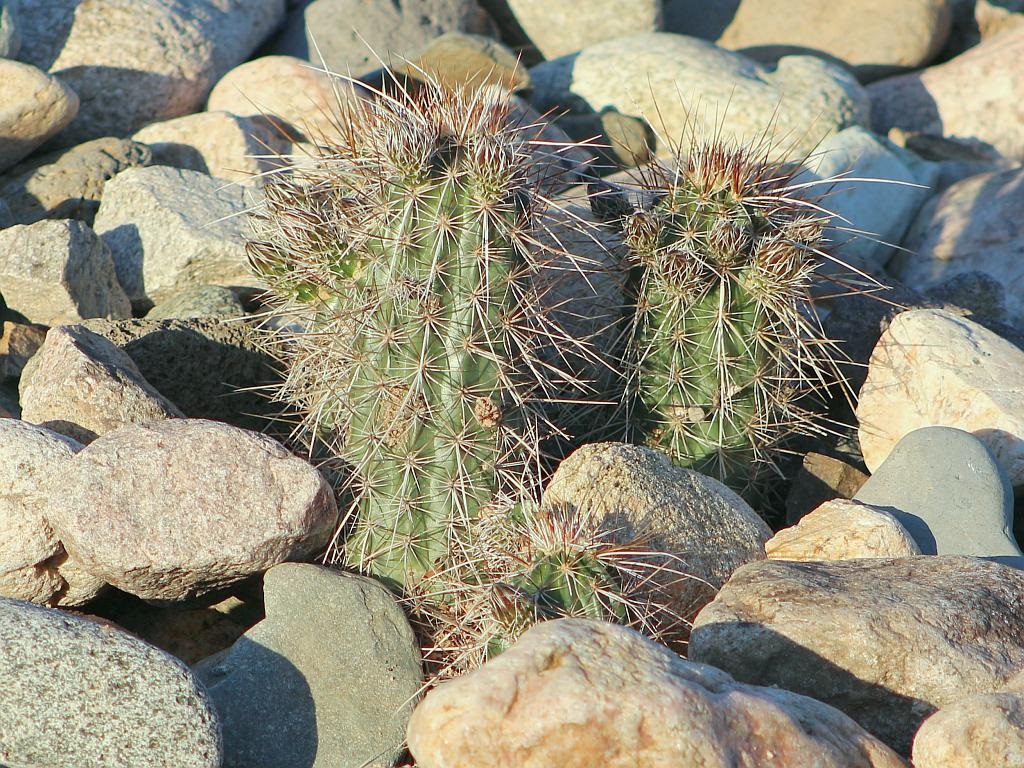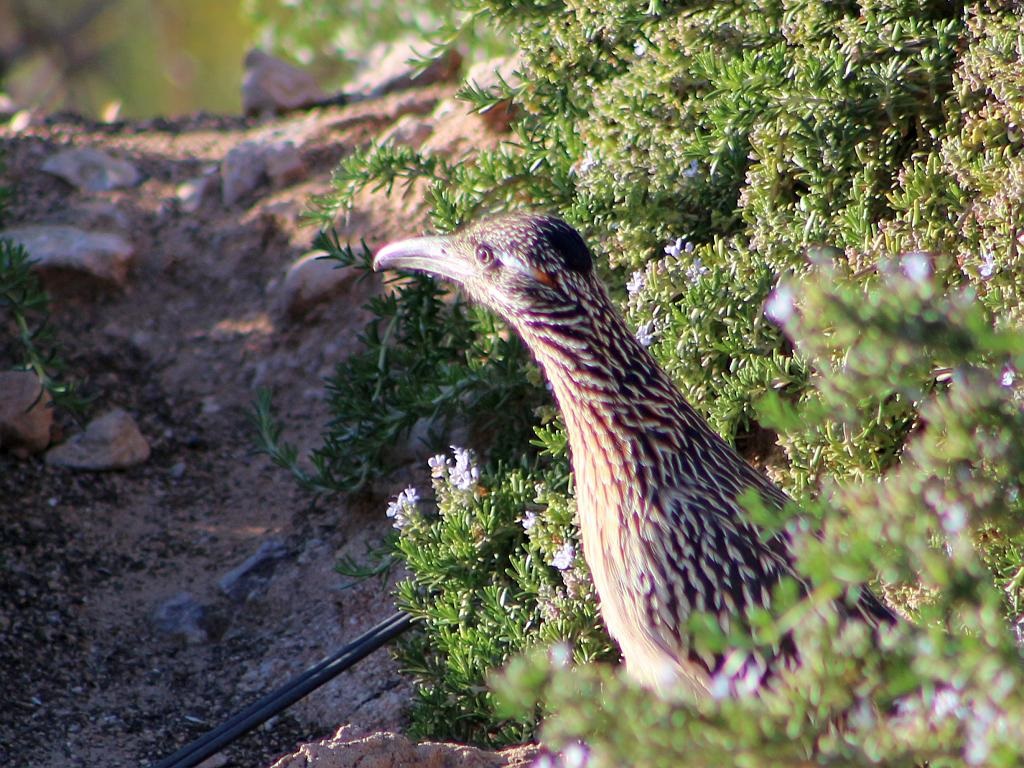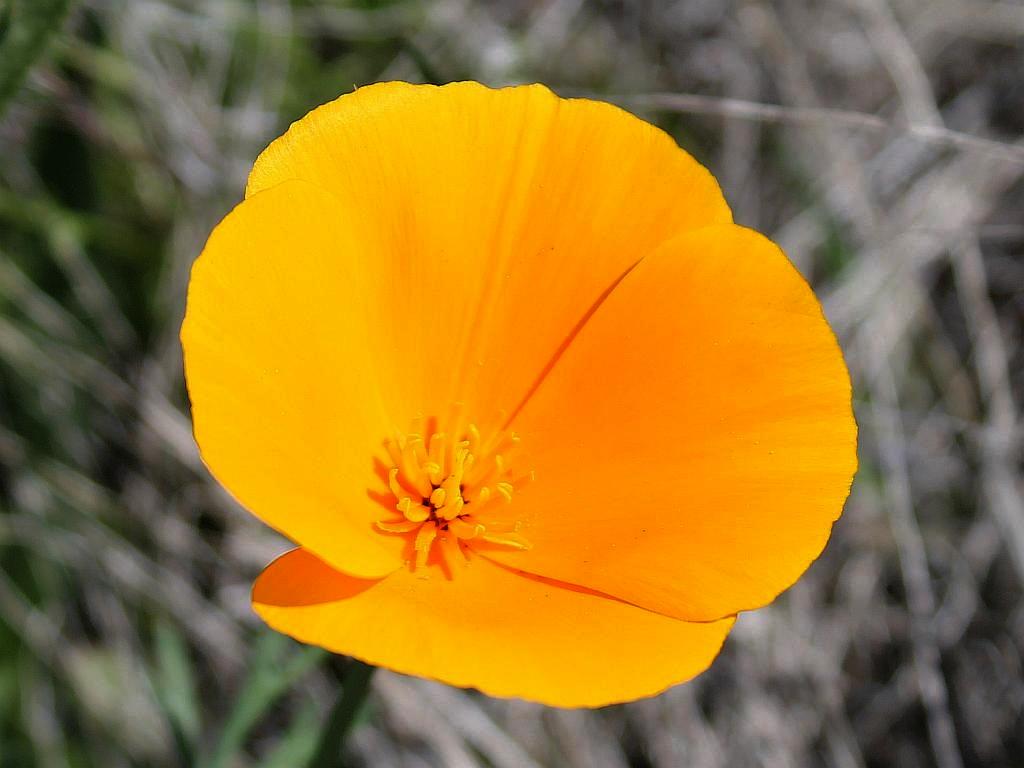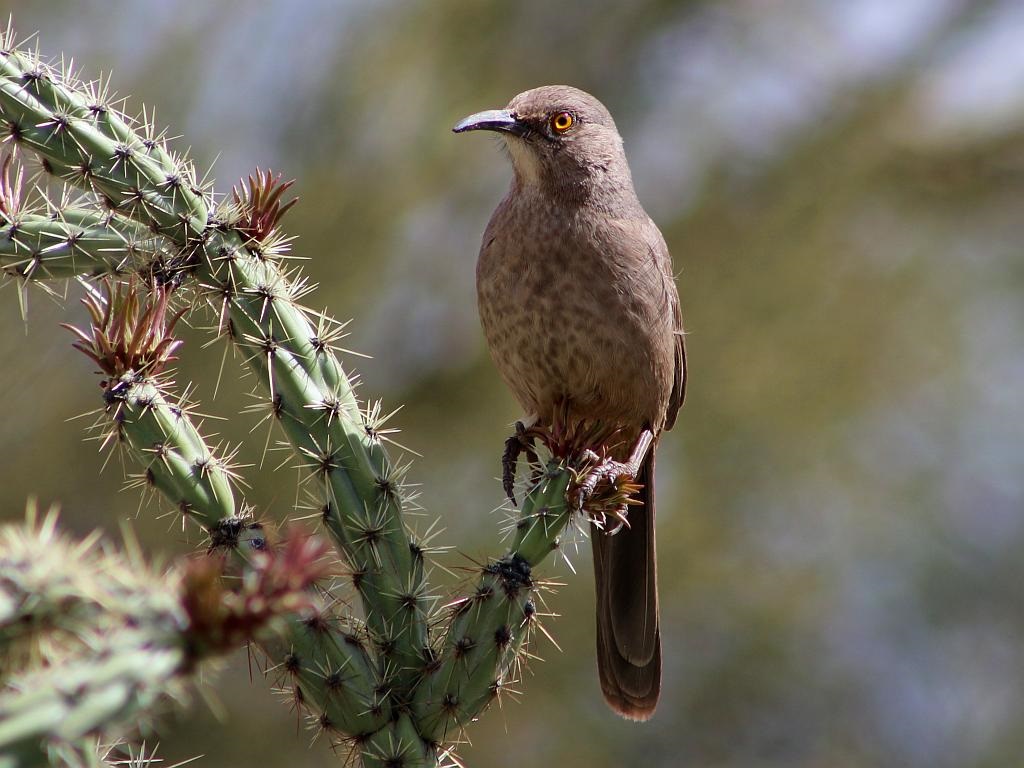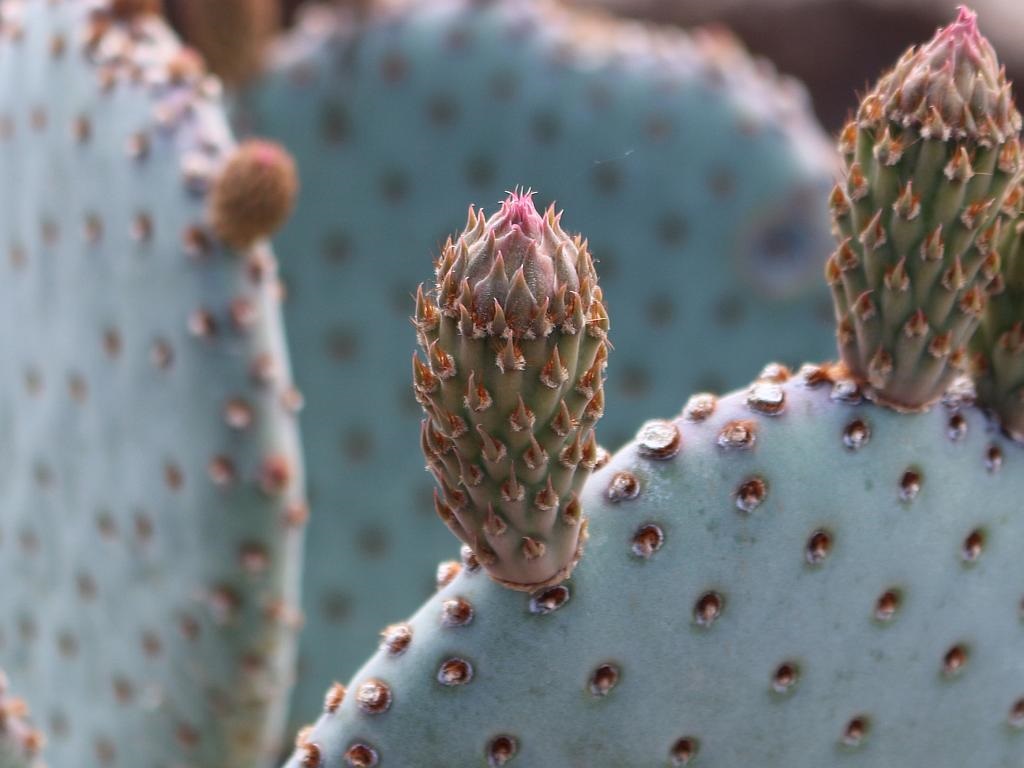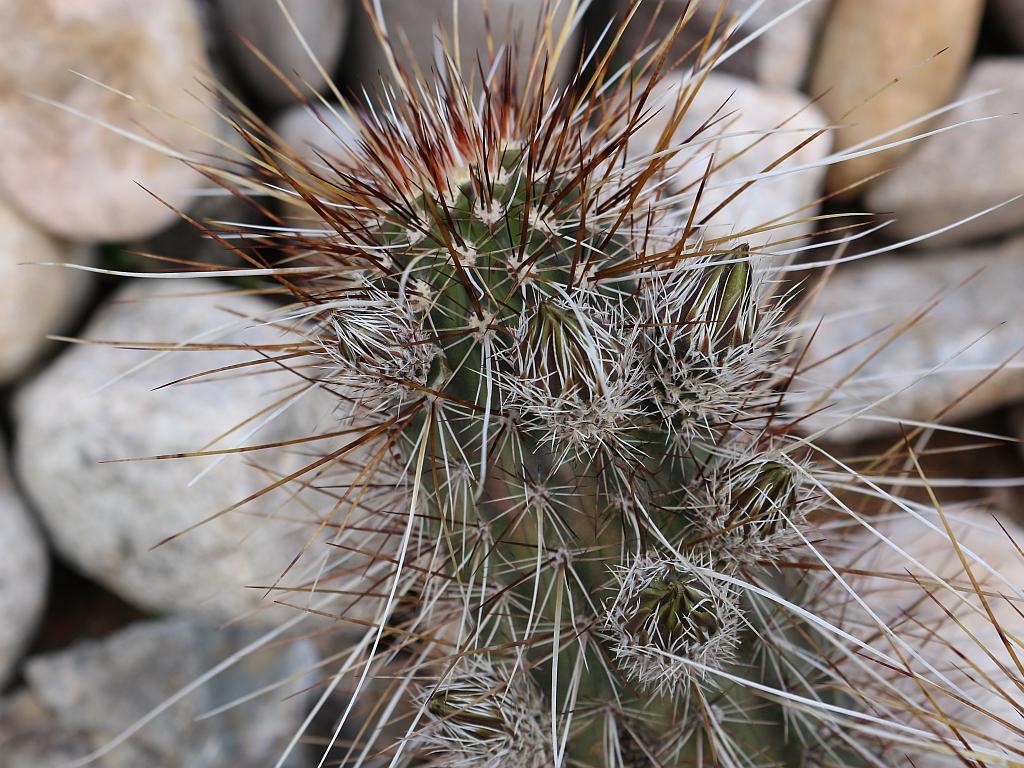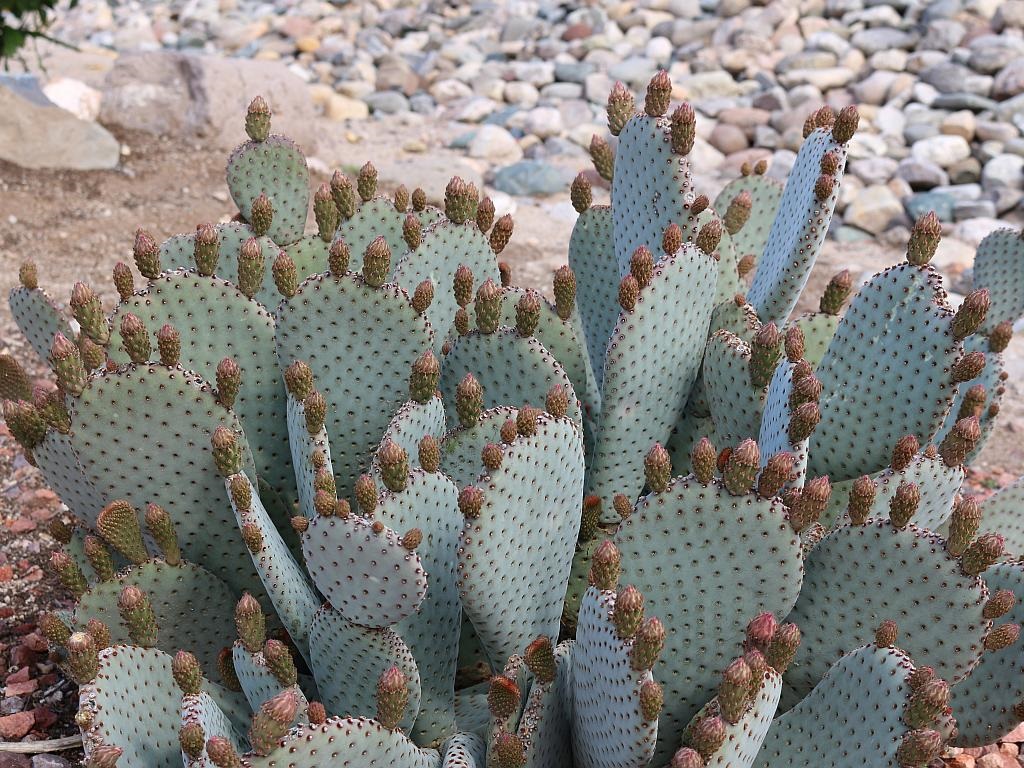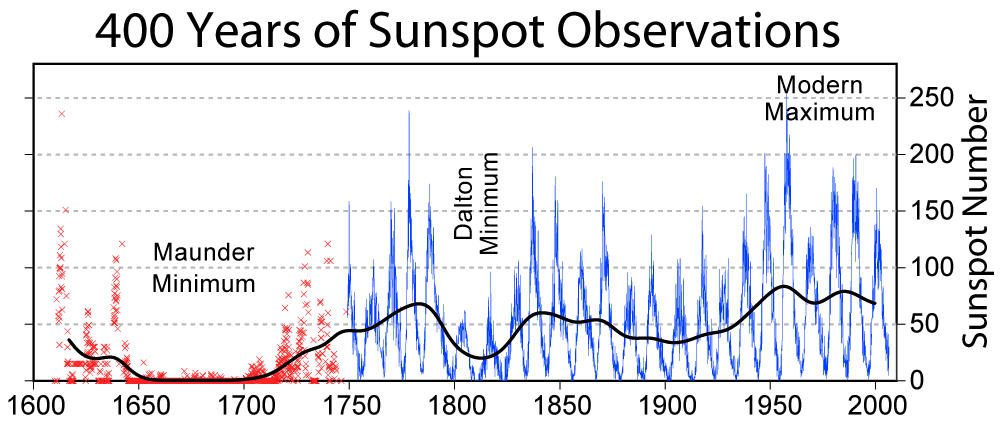For the third year in a row (that we know of), the curve billed thrashers have built a nest in the cholla cactus in front of our house. We discovered three eggs in the nest today.
The nest is in the inhospitable-looking cholla cactus seen at the lower right. One of the thrashers is seen in the lower left photo perched on a cholla. Click on any of the images to enlarge.
We were worried that the wall and RV drive construction projects would have discouraged the nest-builders, but, obviously, it didn’t bother them. The nest is typical of those we have seen in the past and you can see our used dental floss that we scatter outside in the winter and spring months woven in with the fibers and twigs.
If we have the chance, we may post some pictures of the thrasher chicks when they hatch, but we don’t want to disturb the birds as they nurture their young. In the past, they have laid eggs in the nest twice, so we may not get the opportunity until the second brood.

